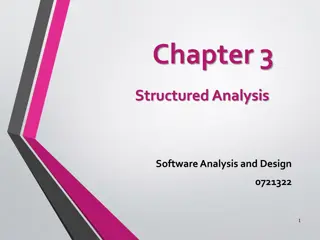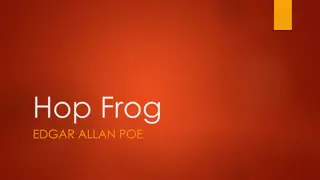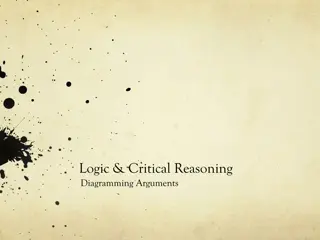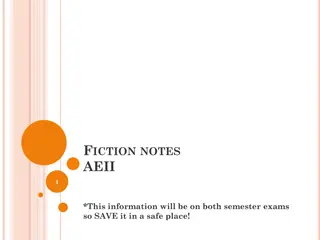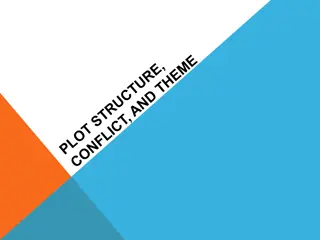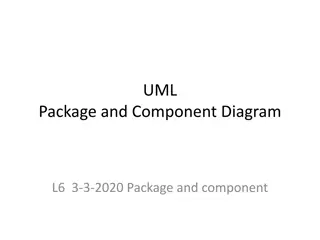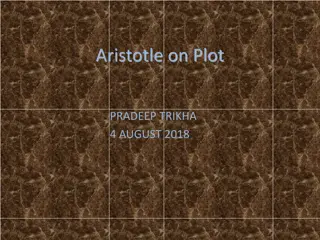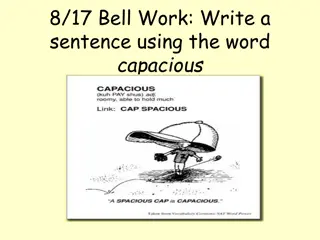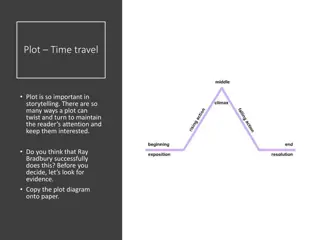Understanding Plot Diagrams: Elements and Structure
A plot diagram is a framework that outlines the sequence of events in a story. It consists of key elements like exposition, inciting incident, rising action, climax, falling action, and resolution. Each element plays a crucial role in developing the plot and engaging the reader throughout the narrative.
Download Presentation

Please find below an Image/Link to download the presentation.
The content on the website is provided AS IS for your information and personal use only. It may not be sold, licensed, or shared on other websites without obtaining consent from the author. Download presentation by click this link. If you encounter any issues during the download, it is possible that the publisher has removed the file from their server.
E N D
Presentation Transcript
Identifying the Identifying the Elements of A Elements of A Plot Diagram Plot Diagram Student Notes
Plot Diagram 4 5 3 6 1 2
Plot Plot (definition) (definition) Plot is the organized pattern or sequence of events that make up a story. Every plot is made up of a series of incidents that are related to one another.
1. Exposition This usually occurs at the beginning of a story. The characters and setting are introduced, and the basic situation is revealed.
2. Inciting Incident The event that sets the story in motion and makes the rest of the story possible. (conflict/problem)
3. Rising Action 3. Rising Action This is the main part of the story. The author develops the conflict(s) and builds interest and/or suspense.
4. Climax This is the most exciting or intense part of the story or the turning point for the main character (protagonist). The main character will change in some way.
5. Falling Action These are the events that follow the climax and lead to a resolution.
6. Resolution Loose ends of the plot are tied up and remaining questions are answered. The story comes to a reasonable ending.
Putting It All Together 1. Exposition 2. Inciting Incident Beginning of Story Main part of Story 3. Rising Action 4. Climax 5. Falling Action Near the end of Story 6. Resolution End of Story





